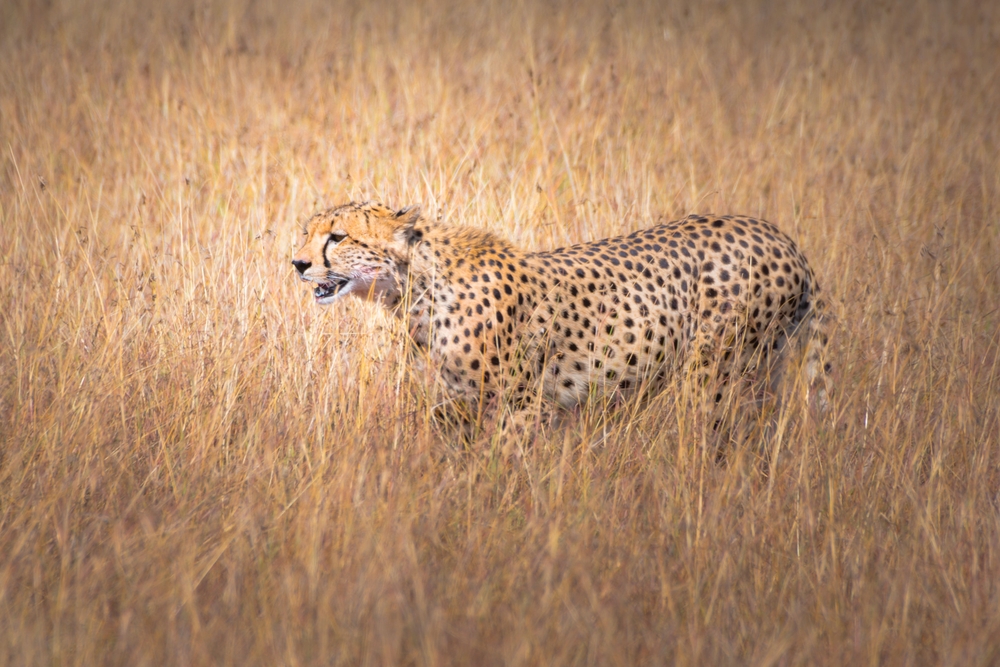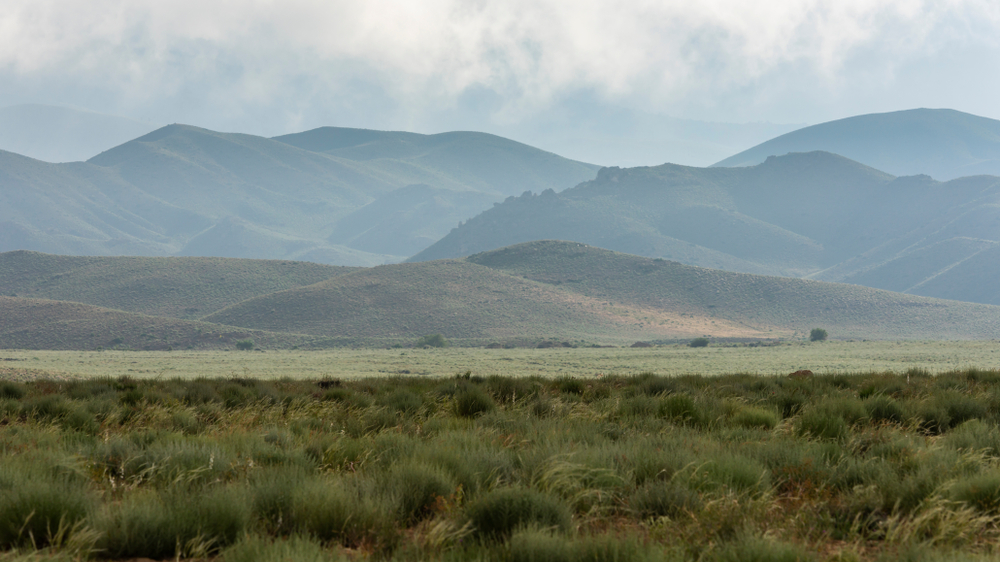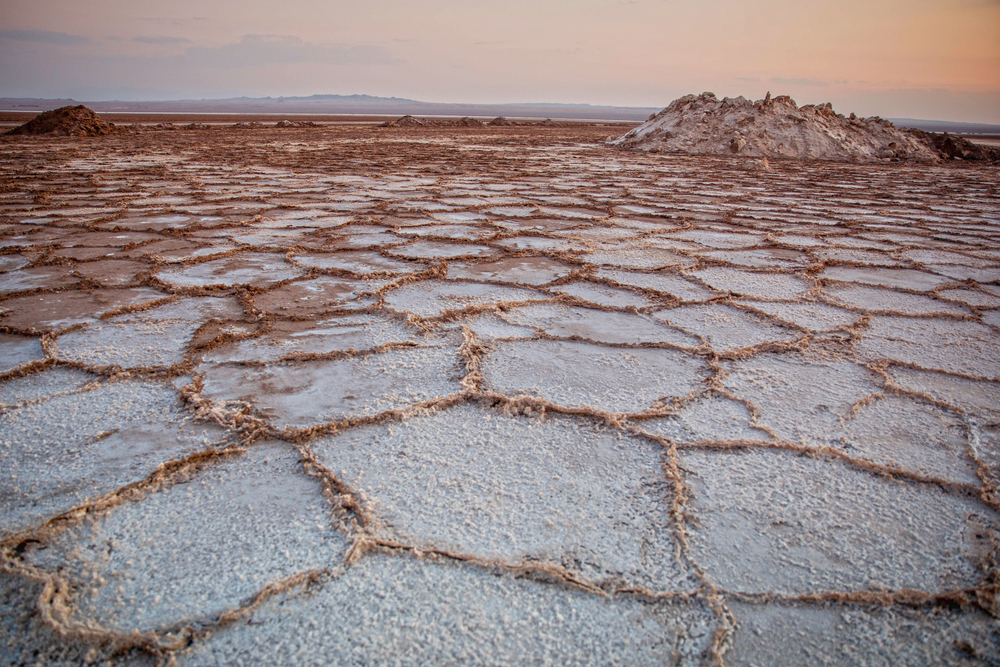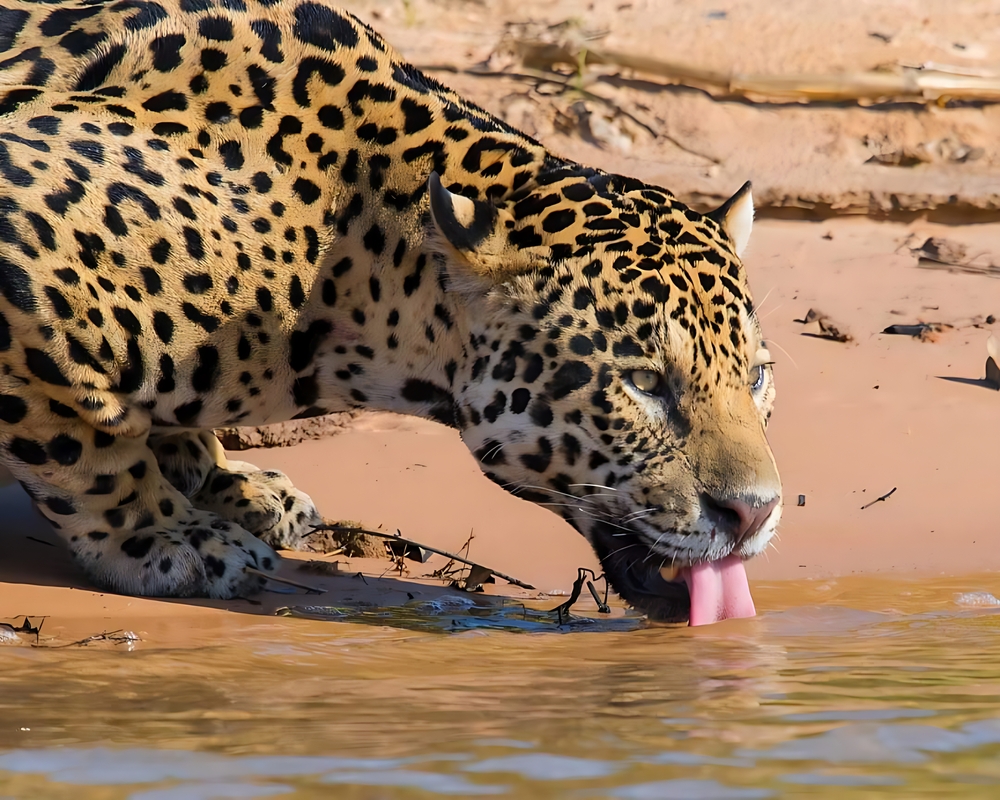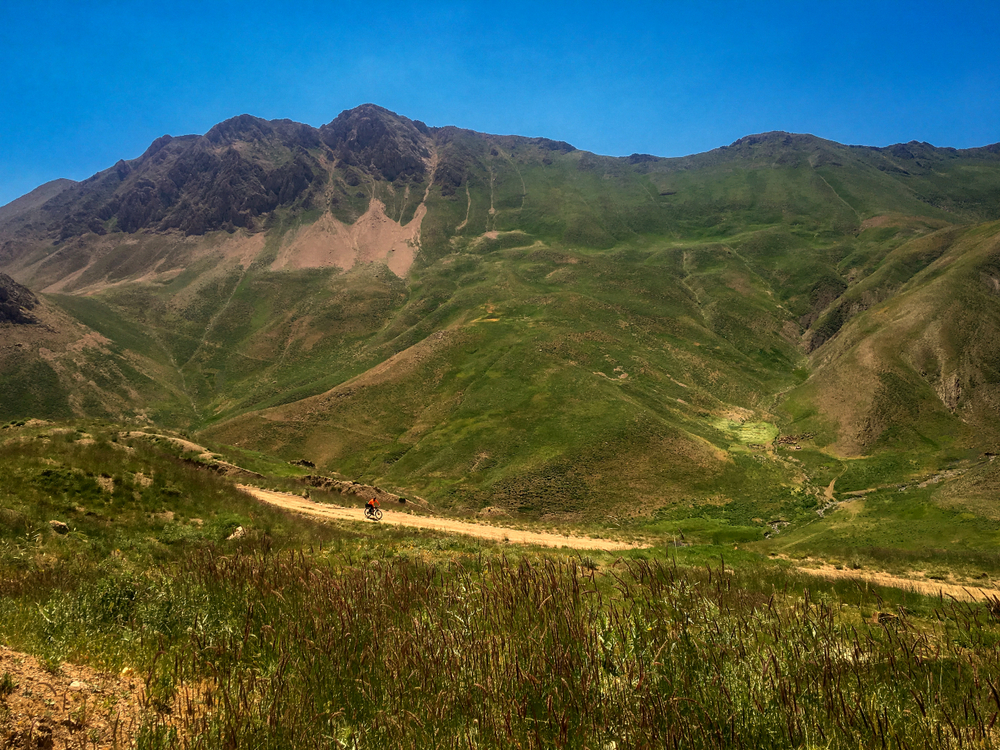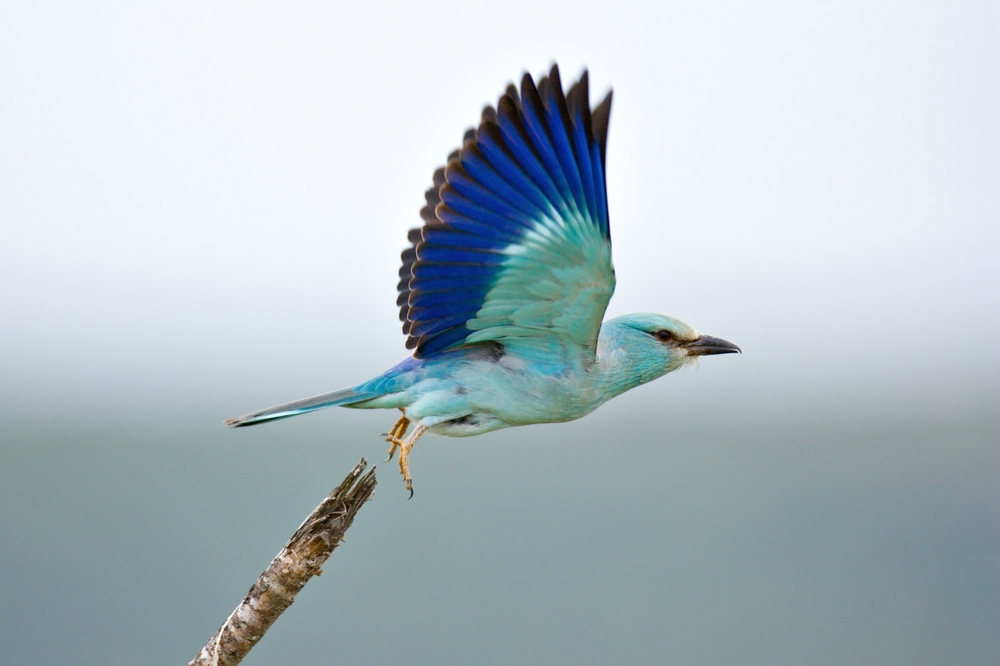Khar Turan Overview
Khar Turan National Park, known locally as “Turan National Park,” is a vast and captivating protected area located in the eastern part of Iran, within Semnan Province. Covering an immense expanse of approximately 5,182 square miles (13,960 square kilometers), it is the largest national park in Iran and one of the most significant biosphere reserves in the region.
This extraordinary park is nestled within the Dasht-e Kavir, or Great Salt Desert, and showcases a rich mosaic of landscapes that range from arid plains to rugged mountains, making it a natural treasure trove of biodiversity and geological wonders. The terrain of Khar Turan National Park is a breathtaking blend of rolling sand dunes, rocky outcrops, and vast stretches of desert.
Prominent features include the towering heights of the Alborz mountain range in the northern parts of the park, which provide a dramatic contrast to the arid lowlands. Sparse vegetation, such as tamarisk, haloxylon, and various species of shrubs and grasses adapted to the harsh desert environment, punctuates the landscape. The park’s saline basins and seasonal water bodies offer further diversity, contributing to the unique ecosystems found within its boundaries.
Khar Turan National Park is renowned for its incredible wildlife, much of which is rare and endemic to the region. It is a vital sanctuary for the Asiatic cheetah, a critically endangered subspecies with only a handful remaining in the wild.
Other prominent mammals include Persian leopards, striped hyenas, Asiatic wild asses (onagers), and gazelles. The park is also home to a variety of bird species, including Houbara bustards, see-see partridges, and numerous raptors such as eagles and falcons. These avian inhabitants make the park a haven for birdwatchers and conservationists alike.
Visitors to Khar Turan National Park are often drawn to its unspoiled beauty and opportunities for adventure. Wildlife safaris, guided tours, and trekking expeditions offer unique ways to explore the park’s diverse habitats.
Stargazing is particularly popular here, as the remote location and clear desert skies provide exceptional views of the cosmos. Cultural experiences with local nomadic communities also add a human dimension to visits, offering insights into traditional lifestyles adapted to this harsh environment.
The park has achieved notable conservation successes, including efforts to preserve the Asiatic cheetah and other endangered species through habitat protection and anti-poaching measures. However, challenges remain, such as managing human-wildlife conflicts, mitigating the effects of climate change, and addressing the growing pressures of habitat encroachment. Collaborative initiatives between local authorities, environmental organizations, and international conservation groups have played a crucial role in safeguarding this unique ecosystem for future generations.








































































